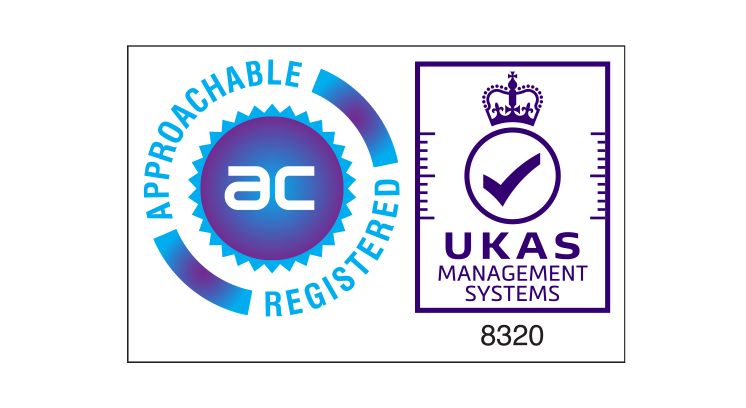We’re not the first to say that field service management is highly complex. After all, we are in the business of offering solutions to smooth out much of that inherent complexity. In short, we feel your pain! If work is happening off company property, it’s a matter of field service management, and every step of the field service workflow presents many unique challenges. Safety risks, new compliance procedures, unpredictable demand, multiple remote teams working across vast geographies, new back office processes and, perhaps most significantly, increasing customer expectations. Failure to meet these modern challenges head-on can severely affect your SLA and KPI adherence, driving up costs while lowering mobile workforce productivity. In the worst case, your success and customer satisfaction could be hindered.
Companies operating across industries rely on field service for growth more than ever, and successfully navigating these challenges is the goal. This is especially true when delivering customer-centric field service that consistently delights and exceeds expectations. To remain competitive while overcoming staff retention issues & quiet quitting in field service, service leaders have to build new operational strategies that drive employee engagement and accelerate innovation while focusing on revenue generation. 80% of decision-makers say field service is key to their overall strategy, with 75% of decision-makers describing field service as the primary revenue driver. This focus on exceptional field service delivery combined with heightened customer expectations requires a customer-centric approach to field service at every level. Let’s look at how organisations can make field service customer-centric while improving the working lives of those employees responsible for delivering it.

Challenges of the field service management environment
- Long waiting times & low first-time fix rates
- Poor customer communication & service
- Field technicians who are inadequately briefed.

One: Consolidate field service data using cloud-based software
- Customer-specific details (address, site, equipment, warranty).
- Comprehensive job information & context.
- History of the asset and previous repairs completed.
- What parts or equipment is required to complete a job?
- Availability & duration.

Two: Empower management with real-time field service intelligence

Three: Field technicians are engineers and brand ambassadors.
- Meet safety compliance standards at all times
- Positively represent their organisation’s culture and values.
- Clearly and competently communicate issues & solutions to mixed audiences.
- Listen & be sympathetic to customers’ needs or issues.

Four: Improving field service management with real-time communication.

Five: Maximise efficiency with automation
Closing Thoughts
Transforming Field Service
I’ll leave you with this; consulting firm Bain & Company notes that “…deriving strategic advantage from loyal customer relationships requires true differentiation.” One way to claim a distinction in this highly competitive market is to provide an outstanding customer experience throughout your field service delivery. Check out our Transforming Field Service Management eBook below if you are beginning a digital transformation of your field service management. It dives deep into what makes for excellent field service delivery, outlining how your organisation can take incremental steps towards enhancing customer service and maximising operational efficiency.








